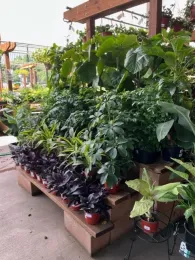
This article explores plants that can cause death and other obnoxious painful symptoms for cats, dog, and rodents. There are hundreds of toxic plants. Hence one must identify which are dangerous before ingestion occurs. Knowing the full scientific botanical name is very helpful because most toxic plants are not identified by label as such. Unfortunately, any plant ingested by your pet can still induce vomiting or upset stomach.
Toxicity depends on several factors including the species of the pet, size, amount ingested, time elapse from ingestion point, pre-existing medical conditions, and plant variables. If you suspect toxic ingestion, immediately call your veterinarian. Bring all plants parts with you including the name, amount ingested, where, and when. The more detailed information forthcoming provides a better chance of recovery for Tommy Tom Cat and Faithful Fido.
Beware of colorful beauties.
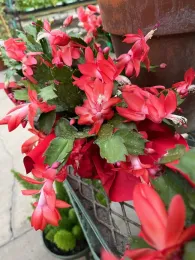
Don't bring these plants home.
Dumb Cane or Dieffenbachia is one of the most popular displayed indoor toxic plants growing up to five feet tall. It brings temporary discomfort and oral irritation even for humans. Raise this plant onto a stylish plant stand allowing it to grow in all ranges of light and dry out between watering. Another commonly used house plant is English Ivy that can reach up to six feet indoors. Animals need to ingest large quantities of this trailing vine to cause serious problems. Yet skin rash and fever can occur.
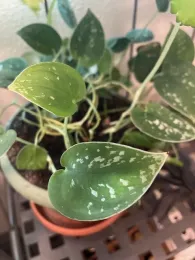
How exquisitely fragrant but cloying is the mortuary stench of lilies from its pistils and stamens, to leaves and bulbs. No matter the type of lily, whether hybrids, Easter lilies, Kaffir (Clivia), Peace lily, all contain insoluble calcium oxalates causing oral irritation and burning of the mouth. Aggressive treatment is needed, and acute irreversible kidney failure can happen. These are toxic to humans and dogs, but cats are especially prone to suffer from these symptoms. Drooling, poor appetite, weakness, tremors, seizures, and coma are the maladies associated with these. Other related examples of these types of plants include glory lily, lily of the valley, calla lily, checkered lily, and crocus. If a cat is not treated by a veterinarian within eighteen hours of ingestion, it could lead to death from kidney failure.
A widely used houseplant is the philodendron. It can be poisonous to humans and pets. Eating it causes a rash of symptoms including burning, swelling of lips, tongue and throat coupled with vomiting and diarrhea. Pothos, a close relative of philodendron, contains calcium oxalates causing like symptoms.
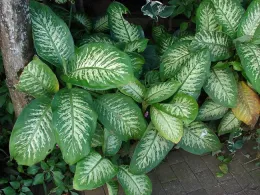
Giving a houseplant as a gift to a pet owner, choose the plant with care.
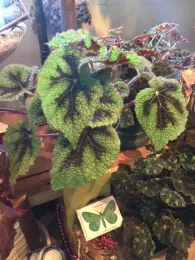
Kalanchoe possess bufodienolides; therefore, vomiting and diarrhea are inopportune side effects if eaten. Although Monstera Deliciosa sounds deliciously succulent, it is an aroid that will irritate pets. Perhaps some good news on house plants given frequently during the holidays is the ubiquitous poinsettia. It is generally overrated in toxicity. Its irritating sap brings discomfort to the mouth and stomach.
Whatever pundit named the Snake plant Mother-in-Law's Tongue shall remain a mystery. It was previously known as a Sanseveria. A name change does not omit the yucky side effects of vomiting, diarrhea, and nausea. Perhaps the notorious Mother-in-Law plant needed a Weeping Fig to comfort her. Many like attributes are rendered by this plant as well. Not to be forgotten is the ZZ plant. It is poisonous even though frequently found in a low light home or office setting. One should wash their hands or wear gloves if you need to handle it.
"Safe" Plant List from the ASPCA
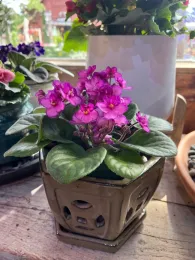
African Violet, Aluminum Plant, Spider Plant, Areca Palm, Norfolk Island Palm, Baby Rubber Plant, Rabbit's Foot Fern, Boston Fern, Staghorn Fern, Burro Tail, Calathea spp., Cast Iron Plant, Echeveria Elegans, Parlor Palm, Ponytail Palm, Boston Fern, Staghorn Fern, Earth Star, Emerald Ripple Peperomia, Hindu Rope plant, Wax Plant, Moth Orchid, Swedish Ivy, Polka Dot Plant and Air plants. This organization cautions that any plant ingested by your furry friends can still cause vomiting or upset stomach.
Resources

Martha Martin has been a UC Cooperative Extension Master Gardener in Stanislaus County since 2020.

